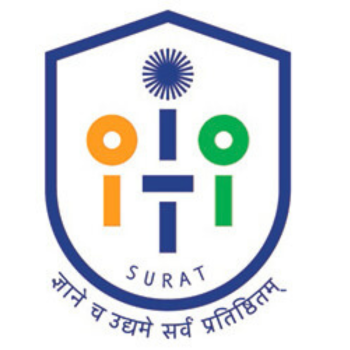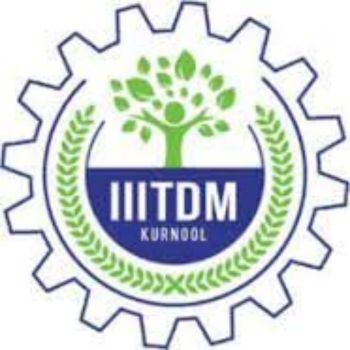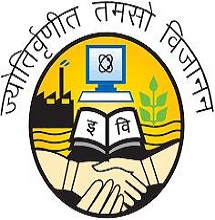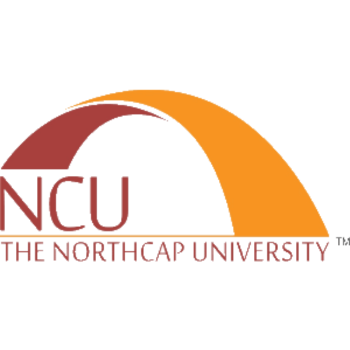The Indian Institute of Information Technology (IIIT) Sonepat has established itself as a notable player in technical education, with its placement outcomes reflecting a balance of academic rigor and industry alignment. While core computer science disciplines remain the primary drivers of recruitment, emerging domains like Data Science are gradually gaining traction. The institute’s placement strategy emphasizes skill development and recruiter engagement, creating pathways for students across specializations. Below is a detailed overview of recent placement trends across key branches:
IIIT Sonipat-Placement Overview
| Branch/Course | Avg Package
(LPA) | Highest Package
(LPA) | % Placed / No. Placed | College Avg Placement
(LPA) | Additional Info | Student Review on Placement Data |
| Computer Science and Engineering | 8-12 | 22-25 | 80-85% | 10-14 | Major recruiters: TCS, Infosys, Wipro | Good placement support but limited core tech roles |
| Information Technology | 7-10 | 18-20 | 75-80% | 9-12 | DSA-focused preparation emphasized | Average placements compared to CSE branch |
| Data Science and Analytics | 6-9 | 15-18 | 70-75% | 8-10 | Emerging domain with growing opportunities | Fewer product companies visit compared to CSE |
IIIT Sonipat-Branch-Wise Performance Analysis
Computer Science and Engineering (CSE) leads with 80–85% placement rates, attracting top-tier companies offering roles in software development and system design. The average package for CSE graduates ranges between ₹8–12 LPA, with exceptional candidates securing offers up to ₹22–25 LPA. However, students note that core research-oriented roles remain limited, with most opportunities centered on IT services. Information Technology (IT) sees slightly lower traction, with 75–80% of students placed. The curriculum’s focus on Data Structures and Algorithms (DSA) prepares graduates for coding-intensive roles, though the average package (₹7–10 LPA) trails behind CSE. Data Science and Analytics, while still evolving, demonstrates promising growth with 70–75% placement rates. Startups and mid-sized firms dominate recruitment here, offering roles in analytics and machine learning at ₹6–9 LPA. Students highlight the need for more specialized recruitment drives to match the branch’s technical depth.
IIIT Sonipat-Recruitment Dynamics and Industry Engagement
IIIT Sonepat’s placement cell adopts a proactive approach, organizing hackathons, coding bootcamps, and industry workshops to bridge skill gaps. Major recruiters like TCS, Infosys, and Wipro regularly participate in campus drives, while product-based companies such as Amazon and Microsoft engage sporadically for niche roles. The institute’s average placement package of ₹10–14 LPA aligns with national trends for newer IIITs, though it lags behind older institutions in premium offer counts. Lateral recruitment from internships plays a significant role, with 30–40% of pre-placement offers originating from summer internships at companies like Deloitte and IBM.
IIIT Sonipat-Student Preparedness and Challenges
A structured six-month training module precedes placement seasons, covering technical interviews, aptitude tests, and communication skills. While students appreciate the emphasis on DSA and problem-solving, some express concerns about:
- Limited exposure to core research projects
- Uneven distribution of high-value offers across branches
- Regional concentration of recruiters in North India
The placement cell has begun addressing these gaps by inviting deep-tech startups and international firms to diversify opportunities.
IIIT Sonipat-Emerging Trends and Future Outlook
The growing demand for AI/ML specialists has prompted IIIT Sonepat to introduce advanced electives in neural networks and big data analytics. Collaborations with industry partners for live projects aim to enhance practical readiness. With the IT sector projected to grow at 8–10% annually, the institute is well-positioned to improve its placement metrics, particularly in high-stakes roles. In conclusion, IIIT Sonepat offers a balanced ecosystem for students seeking stable IT careers, with incremental improvements in cutting-edge domains. Strategic investments in industry partnerships and curriculum modernization could further elevate its standing among India’s technical institutions.










